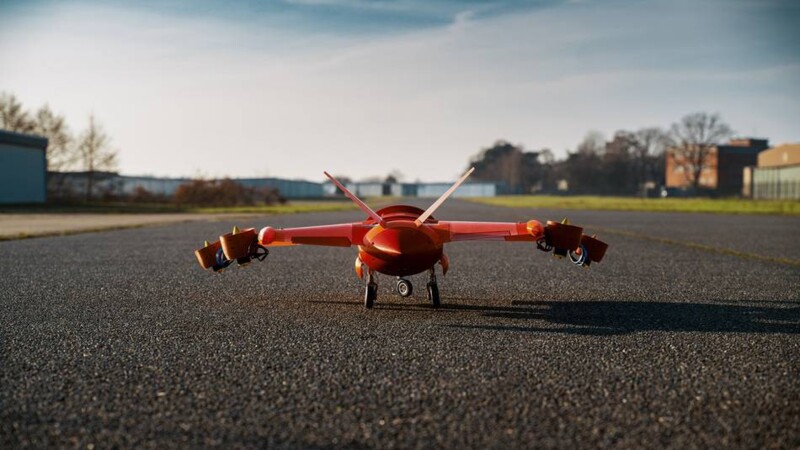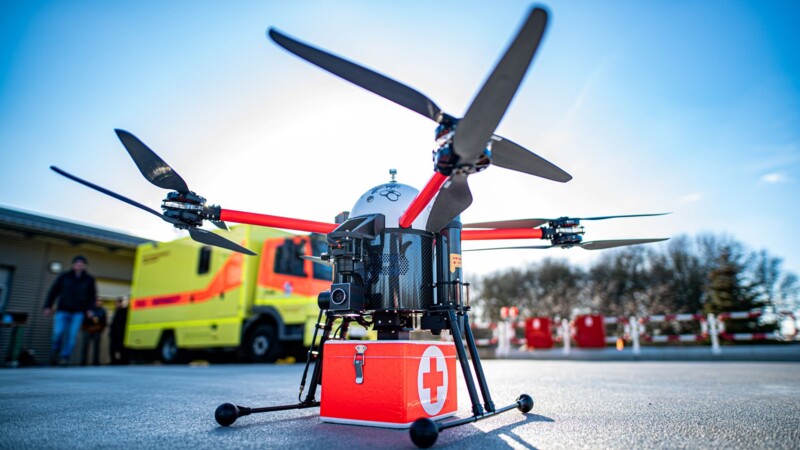"Our drone has six propellers, is 120 km/h fast, weighs 12 kg and can carry at least the same load. AI evaluates the flight path of the enemy drone, calculates its most likely onward flight path and puts itself in the most favourable position for net casting," said Scholl. Meanwhile, the system transmits data and images to the federal police and they decide whether to shoot it down. "The captured drone then hangs underneath our drone, is flown to the previously determined drop-off point and impounded there," added Dr. Ing. Ralf Heynicke (HSU), who is technical co-ordinator of the project. However, intercepting the enemy drone is only one aspect, he pointed out. "Essentially, it's about a complete automated solution for large commercial airports. We have developed a modular system that includes communication, AI, sensor technology and a situation display for all those involved. The individual parts of the system are brought together via defined interfaces. Depending on the airport's equipment, the required modules can be integrated into the existing aviation security system."
Illegal aircraft intruding airspace, beware. Drones are coming to get you! Then it's up to the aircraft to free itself from a net cast by special drones that secure airspace over airports as part of the FALKE project. But unlike Spider-Man, these drones do not ooze poison like a radioactive spider. Intruders are intercepted thanks to a mix of communication systems, sensors and artificial intelligence (AI). Funded by the German Ministry of Digital Affairs and Transport to the tune of EUR 2.1 million, the "Ability of Interception of Small Aircraft Penetrating Restricted Air Spaces by Civilian Operational Assets" (FALKE) offers a comprehensive, integrated solution for intercepting so-called Unmanned Aerial Systems (UAS) at airports to avoid costly and potentially dangerous disruptions to air traffic.
"Disruptions especially at hubs of closely timed and networked air traffic, have a considerable global impact," according to BMDV. Seven partners to the project including the German Federal Police, DFS Deutsche Flugsicherung GmbH, the Hensoldt Avionics and Hensoldt Sensors have joined forces to develop effective countermeasures which are co-ordinated by the Helmut Schmidt University / University of the Federal Armed Forces Hamburg (HSU). A first field test at Hamburg Airport in September 2021 has proven successful, according to Prof. Gerd Scholl, Chair of Electrical Measurement Technology at HSU.
Automated solution for large commercial airports
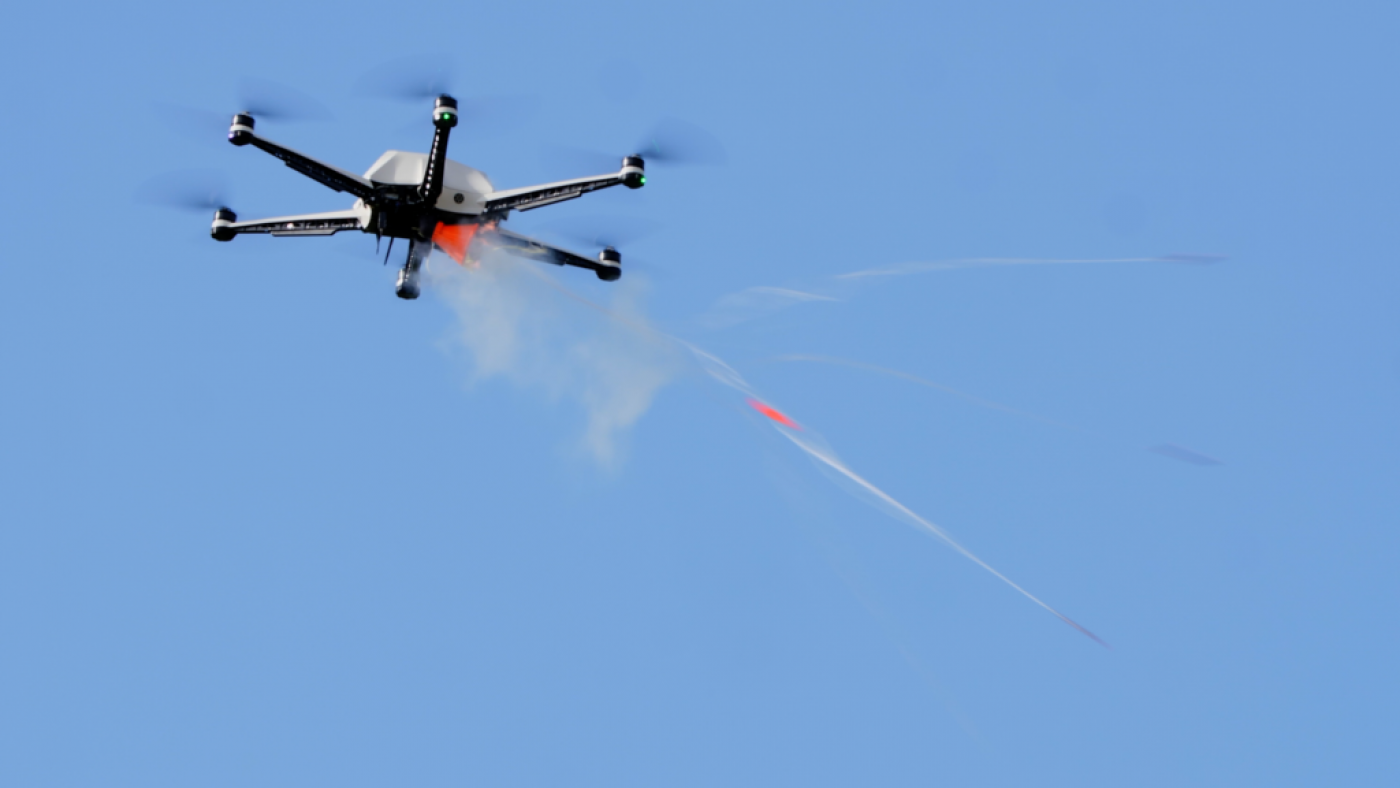
More cost-effective aviation security
The successful trial at Hamburg Airport is now serving as a blueprint for more tests and is being further developed in another field trial at the Hensoldt test site in Ulm-Schwaighofen, southern Germany. The three-year project is nearing completion and runs until November 2022. "We are testing the interaction of all components in southern Germany," said Heynicke. The effectiveness will be increased by interconnecting communication systems, infrared and HF sensors as well as a radar system. German aviation security would like to have a range of ten nautical miles on sight to detect threats early and to trigger defence systems that simply must be automated. If people were to take over individual system tasks instead, the entire system would be too expensive from the outset. "That's why our system is aiming for cost-saving defence," he pointed out.
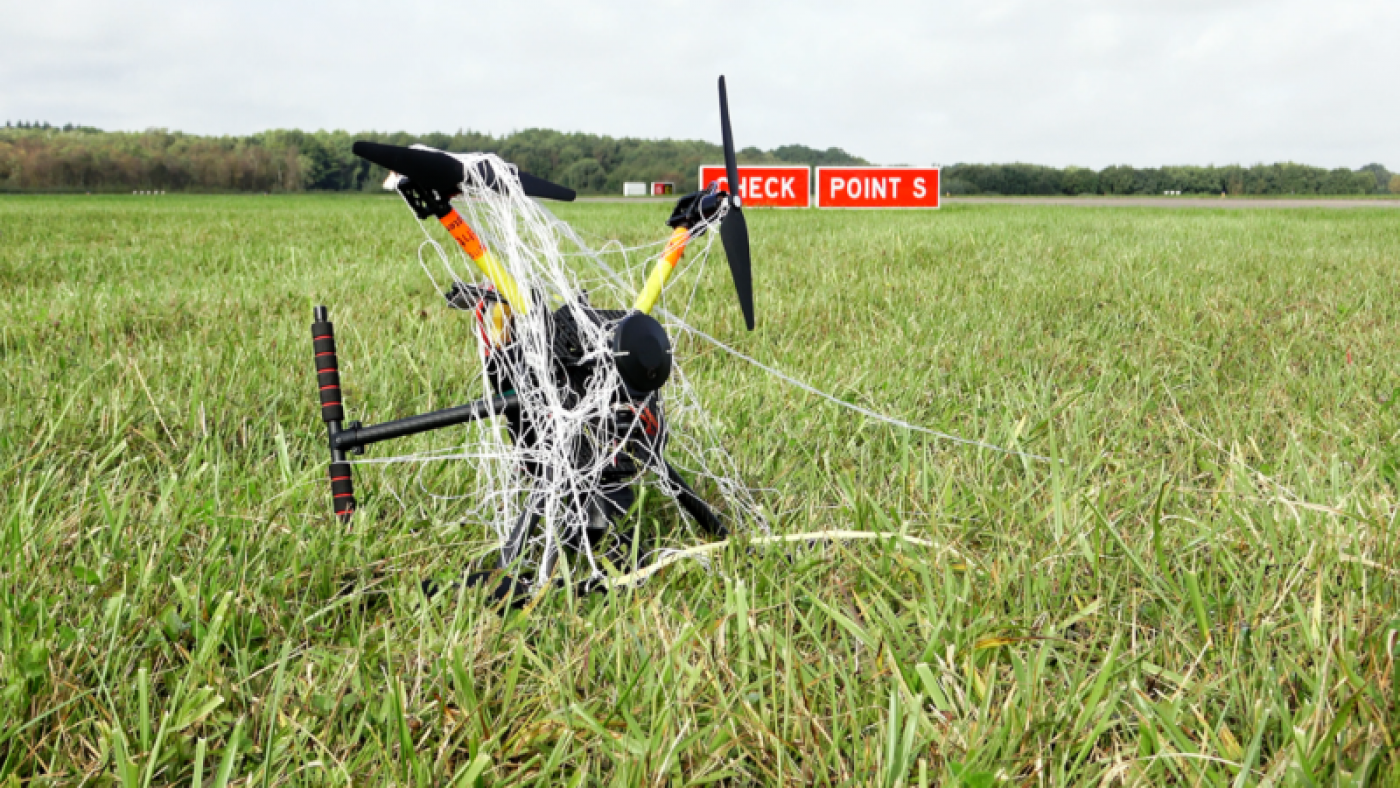
Danger of exploding batteries in jet engines
But exactly who is being warded off at airports? Most drones flown by amateur pilots are equipped with geofencing or software that draws virtual fences around restricted airspaces. The drones take the prompt and automatically turn away from those spaces. "Overzealous aircraft spotters who want to take spectacular, up-photos at close range are our main problem," said Scholl.
"We occasionally have to deal with very young drone owners or children whose drones have taken on a life of their own. And increasingly, activists, who want to bring the airport to a standstill with a drone in a restricted area, are coming to the fore." Experts stress the considerable, real danger posed by such drones. Hamburg Airport even has its own falconry to minimise the risk of swooping birds. "However, the glass fibre-reinforced plastics that modern drones are made of today are far tougher than a bird's bones," said Heynicke. And unlike birds, batteries in a drone can explode in an aircraft's engine.
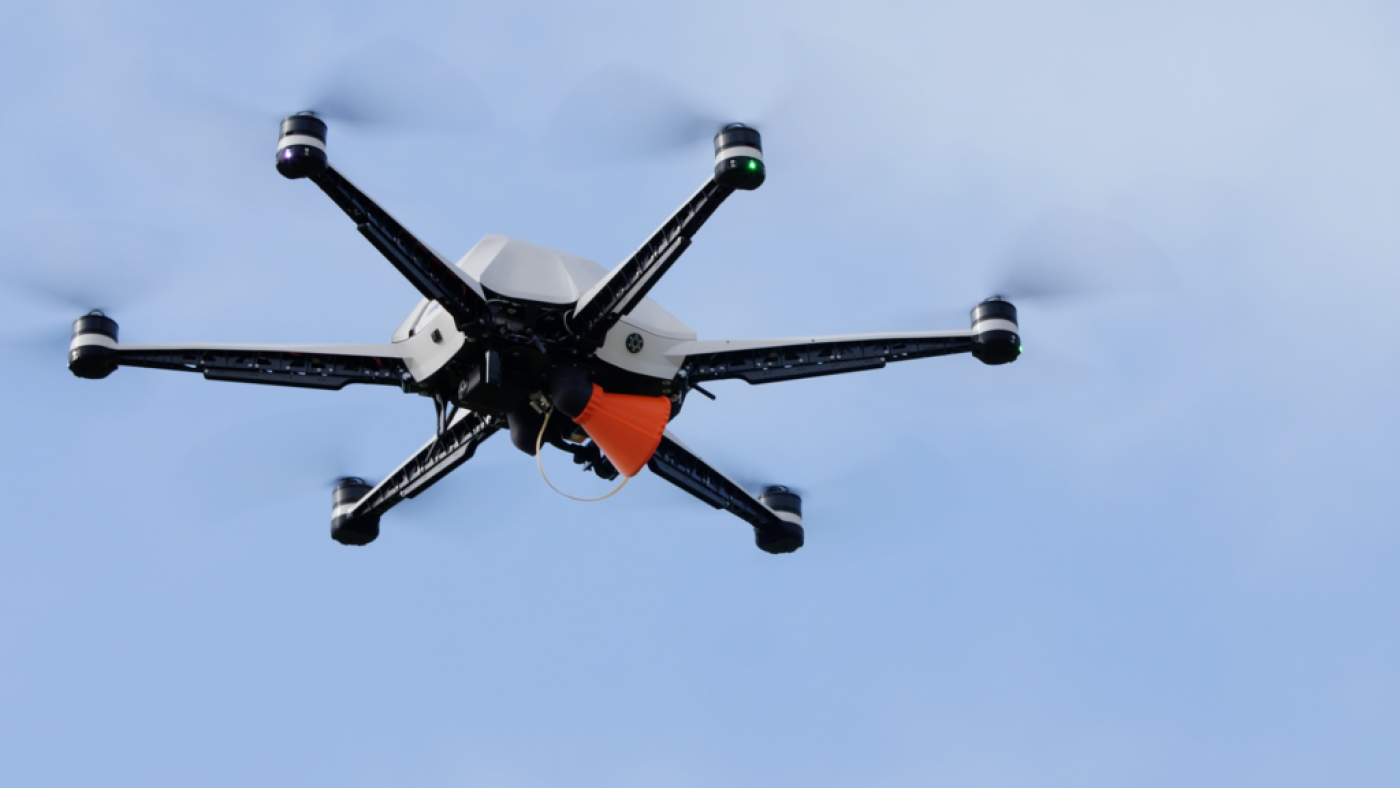
To compound matters, the number of drones is rising. More than 400,000 drones of which 385,500 are privately-owned are flown throughout Germany, the German Air Transport Association (BDL) has found. And the number of drones is expected to increase to around 450,000 by 2025, BDL estimated. Yet, the hawks (FALKE translates as hawks or falcon.) could be put to good use i.e., "to protect an industrial facility or a large hotel complex elsewhere", Scholl pointed out.
ys/kk/pb
Sources and further information
More
Similar articles

Tests of Europe's new U-Space concept underway in Port of Hamburg
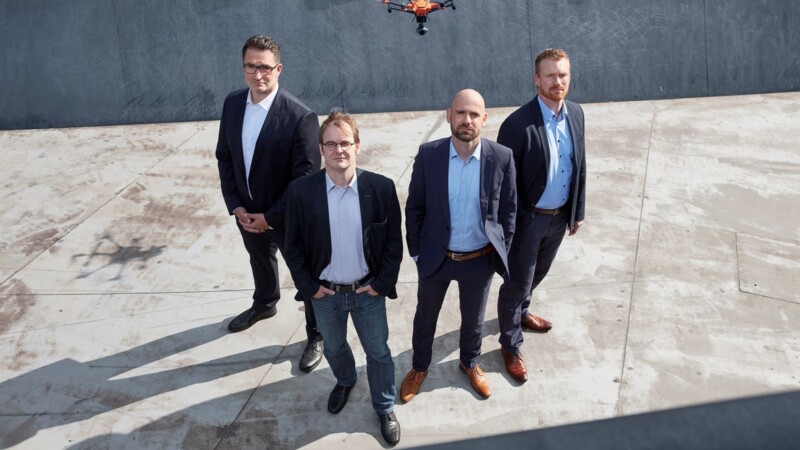
Life-saving potential of UAVs thanks to sensors
